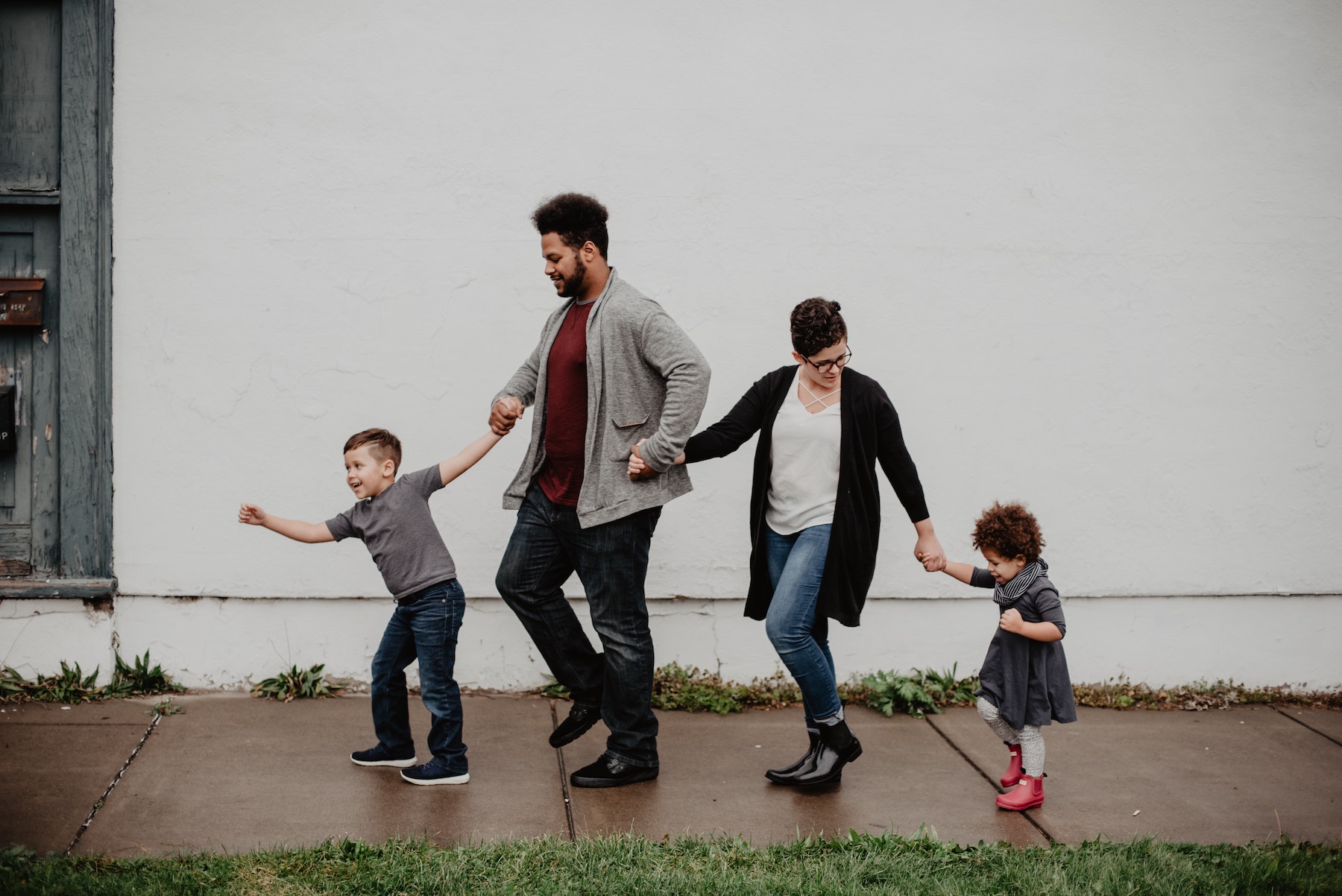
Your kid is going through about a million-and-one changes in the middle school phase. So much is changing about them so quickly that it can seem like nothing is ever the same from one day to the next.
One day they love basketball, the next they don’t.
One day their voice is normal, the next it’s cracking.
One day their friend group is amazing, the next it’s completely fractured.
In fact, that last one can be a pretty big deal for middle schoolers. Friends and friend groups are shifting at a pace so rapid, it can be hard to keep up with.
Maybe your middle schooler’s friend groups are changing constantly.
Maybe you’re noticing your kid using different language, showing interest in different hobbies, or wanting to go new places—all because of the influence of a new friend.
Maybe your kid is meeting new friends who you don’t know yet. In fact, you don’t know their parents either.
Maybe you found them using words or talking about topics that surprised you (or to be honest, scared you) with their friend group online or in person.
The reality is that while a shift in friends can be a great thing for your middle schooler, it can also come with a lot of reasons to worry. But because they’re in a season of so much change, new friends are bound to come and go. So, here are three important things to remember when helping your middle schoolers navigate friendships.
1. Talk about their friends often.
Learn their friends’ names. Then, learn more! Know their stories, their humor, their interests. Let your kid invite their friends over. Offer to be the carpool driver next time. (Just don’t make it weird!) Let your kid know you care about their friends too. Ask questions that not only get them talking, but help you get to know more about the people they’re spending time with.
“Tell me more about . . .”
“Who is your best friend? Why?”
“Who is someone you are just getting to know?”
“Which of your friends makes you laugh the most?”
“What do you love most about your friend group?”
“Who is your most encouraging friend?”
“What do you admire about . . . ?”
“Which of your friends is most like the character in [insert movie/show]?”
“How’s ______’s grandmother feeling?”
If you don’t know their friends, you can expect that your middle schooler will find it hard to listen to your advice or opinion about them down the road. The more normal you make talking about friends, the easier it will be to tell your kid you are concerned about a friendship if and when the time comes.
2. Teach them how to think about friendship.
As my friend Stuart Hall always says, “We have to teach our kids how to think, not what to think.” That’s so true when it comes to helping our kids choose their friends. We have to give them a filter to think through rather than tell them what to do. Even if that sometimes means we have to let them explore a friendship that might end up hurting them!
We have to help our kids understand the difference between safe friends and unsafe friends. We have to allow them to help define what those words mean for themselves. We have to help them explore what qualities and characteristics fall under each of those categories. Once you have defined those categories, you can constantly come back to them in every conversation about friendship. You’re letting them build the framework for friendship that you can reference together.
Then, we have to give them space to critically think about each relationship in their life. They need these skills to pick the kind of friends they will choose to vacation with someday, the kind of boss they will choose to work for, and who knows, maybe even the husband or wife they will choose to spend their life with. When we encourage them to think critically about friendship, we find ourselves asking them questions like:
“How do you feel about that?”
“Is that something you value?”
“How do you think they handled that?”
“How do you think that made them feel?”
“What do you hope they will do?”
“Would you change anything about that?”
“What do you think would be the best next step?”
“How do you think you are going to respond?”
“What questions does that make you ask?”
“What would you do differently next time?”
“Is that something you think you can forgive?”
Your middle schoolers are learning how to choose who they want to be around right now. And no, they won’t always get it right. (Just like the rest of us!) But making and choosing the right friends is an important skill that requires practice, and even failure, to develop in the future.
3. Talk them through how to handle the fallout.
A lot of times, middle schoolers are more fearful of the fallout than they are of the friend. Sure, they know you don’t like that friend. They know that person isn’t a great influence on them. But they also know the social fallout of leaving that friend might be huge. That’s how much power social acceptance has over a kid in the middle school phase.
We have to help our kids learn the skill of unfriending someone (while still honoring them). We have to encourage them to be okay if someone is upset with their decision or doesn’t like them anymore. We have to help them think critically about what is theirs to own and what is not. We have to help them see what is their responsibility and what is not. And no, this won’t be easy! It’s hard enough for an adult—let alone a middle schooler! But it’s a skill worth helping your kid develop now so they make wiser choices and set better boundaries with friends in the future.
The truth is, friendship can be complicated, no matter if you are 13 or 30. So don’t be afraid when the friend groups change. Instead, engage with your kid in the conversation about friendship now so you can encourage, guide, and support them through seasons of friendship as they get older.




